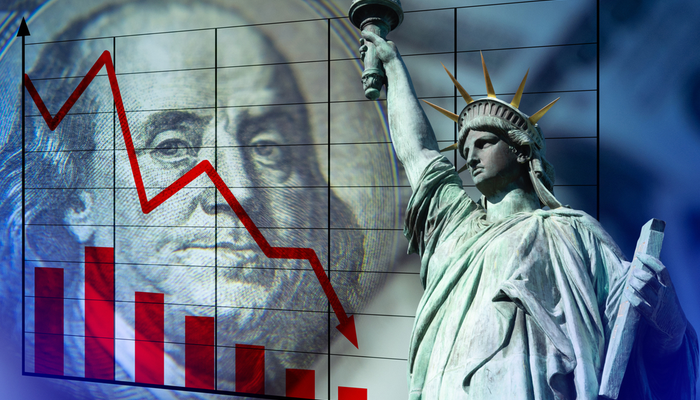As we can see in the graph of the dollar index, the U.S. Dollar has reached the base of the upward trend line that has been trading in since the beginning of the year. This result appears to be due to market expectations surrounding a potential rise in interest rates, leading to a significant rebound for U.S. Treasury Bonds Yields.
But the correction of yields from their high levels due to the decline in inflation expectations, coupled with the Fed's decision to keep interest rates low, pushed the Dollar lower. The improvement in risk sentiment among investors also had a meaningful contribution.
From a technical analysis perspective, the latest trend looks bullish and is immediately delimited by the rising trend line currently passing through the 90.60 area.
The Dollar’s future will most likely depend on the performance of the stock markets: bullish movements caused by greater risk appetite could drag the Dollar down, while bearish signs could provide support for it. Additionally, any news from the Federal Reserve regarding upcoming interest rate hikes or a reduction in the asset purchase program could support the American currency.
The current movement of the Dollar is reflected in its price against all its pairs.
In the case of the Australian Dollar, AUD/USD has corrected upwards, reaching a resistance zone located at 0.7822, above which the potential reversal pattern with a theoretical objective of 0.7180 would be undone.
The Australian Dollar, positively correlated with the economic cycle, is typically affected by the performance of the stock markets and commodities. A reversal pattern might form if the stock exchanges fall, dragging commodities with them.
Sources: investing.com, Bloomberg.
